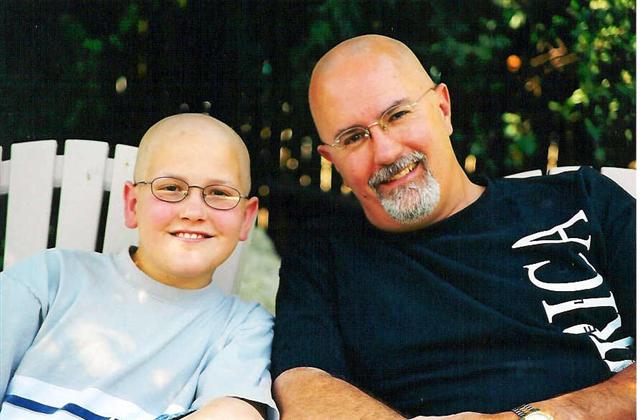37 Voices
I saw two pictures on the Internet last Friday that framed the Israeli / Hezbollah conflict. One showed a bloodied and crying Lebanese boy from Tyre being comforted by his wounded mother, who was slumped against a wall as she reached out and gently touched his cheek. The van they were riding in was hit by an Israeli rocket.
The other picture showed the funeral of an Israeli soldier, killed the day before in fighting with Hezbollah. His wife sat with her head turned away from the casket, a searing pain etched deeply in her face. The soldier’s young daughter sat on her mother’s lap with a forlorn look that defies description, and with her open hand extended toward the casket in a frozen plea.
As I looked at these pictures I wondered what would unfold in their wake, particularly in the hearts and minds of the two children. What I pictured was two children who would grow up to hate their avowed enemy; two children who would become future combatants in a war between Jews and Muslims in the Middle East that seemingly has no end; two children who may one day become the instruments that create a similar scene for other mothers and for children yet to be born.
It’s possible that my impression is completely wrong. Perhaps these two youngsters will grow up remembering the day captured in these photos and will become voices for peace and instruments for reconciliation. That would be remarkable in a place that seems bereft of both. Under the weight of history, I’m doubtful.
Those pictures speak to my anger, which may be what I’m projecting into the future of these children and their mothers. I’m angry that Hezbollah and Hamas and all other extremist Islamist organizations of similar ilk can’t come into the 21st century and get beyond the idiotic “Israel must be destroyed” mantra. I’m angry that Lebanon, Iran, Syria, or Jordan continues to be a staging area for groups and incursions that violate Israeli sovereignty. I’m angry about the perpetual and senseless terrorist violence inflicted on Israel and I understand Israel’s need and its right to defend itself and its citizens.
But I’m also angry at Israel’s intransigence in resolving the Palestinian crisis and for the scope of its retaliatory responses to provocations such as the kidnapping of three of its soldiers, one by Hamas in Gaza and two by Hezbollah in northern Israel. In response, Gaza and southern Lebanon are being pummeled, perhaps indiscriminately, with far more civilians than combatants being killed day after day – yesterday, 37 children were killed in one attack inside Lebanon. At some point the response becomes as senseless as the provocation.
As I said, at one level I understand the use if not the scope of military action and reaction that is being repeatedly employed. But, after more than 60 years of almost ceaseless conflict in this corner of the world one must seriously challenge the means being used by both sides in pursuit of their respective ends. As one commentator said, “If military force was an effective way to end terrorism, then Israel should be the safest country in the world.” But, terrorism persists in spite of, and may be strengthened by, the military responses; and Israel is anything but safe.
Meanwhile, the rest of the world watches almost helpless, expressing sympathy or dismay for one or both sides. The rest of the world also awaits the spark that ignites a massive regional conflict that impacts all of us in untold ways. But the rest of us cannot continue to just watch or wait – we must act in a united and decisive manner that declares to both sides, “Enough is enough. You are threatening the well being of all of us and we’re not going to allow that to continue.” Unfortunately, it may be a fool’s errand to ask for the rest of the world to be united and decisive on any serious international conflict or issue, especially one that has religious and sectarian roots as deep as the conflicts in the Middle East. But, we have to ask; we have to act; we have to make it clear that the status quo on both sides of this perpetual confrontation is not acceptable.
If we listen carefully, we will hear the voices of 37 children telling us what to do.


